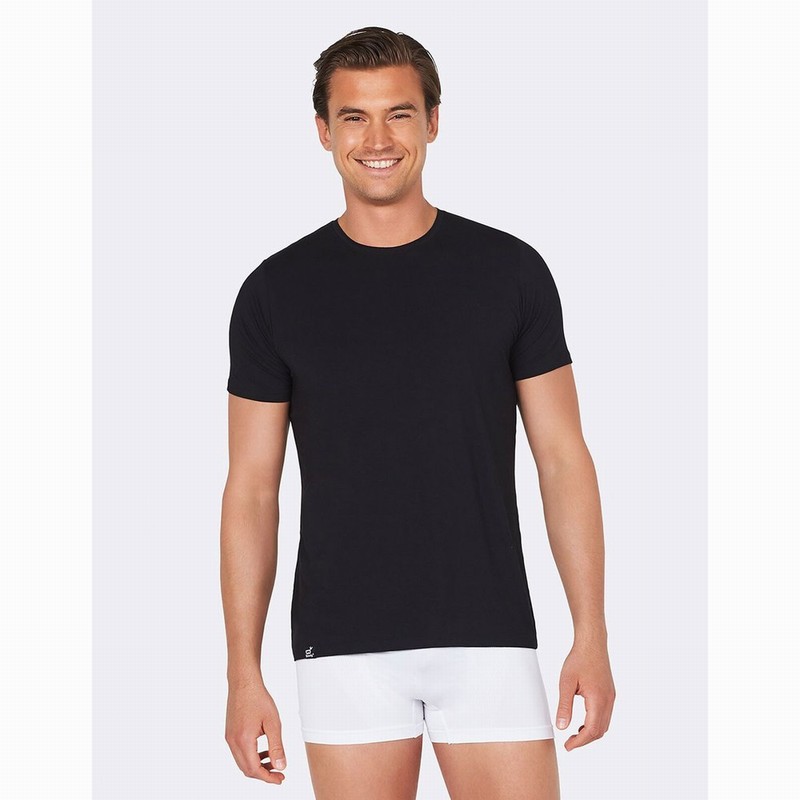Best Ideas For Selecting Hemp Clothes
Wiki Article
Why Is Hemp So Much Stronger, More Biodegradable, And Regenerable Than Cotton?
Hemp is more biodegradable than cotton, and is also regarded as durable. This is due to the inherent properties of hemp as well as the way it is cultivated. Here's why- Biodegradability-
Natural Fiber- Hemp fibers are made from the plant which is biodegradable. Textiles and clothing made of hemp are decomposed in time. This means that they can be returned to nature without leaving any waste. It's a striking contrast to synthetic fibers including polyester that can take a number of years to break down.
Insufficient synthetic additives- Hemp textiles usually do not have synthetic additives or chemical treatments that can hinder biodegradability. Contrary to this, some textiles may be treated with synthetic chemicals, like specific dyes or finishes which can delay the biodegradation process.
Durability-
Hemp is well-known for its durability and strength. Hemp clothing is less susceptible than cotton clothes to wear out, so it lasts longer. This durability means that hemp clothing can endure more washes and wear cycles, before showing signs of deterioration.
More tolerant of Pilling- Hemp fabrics are less susceptible to pilling (the creation of small, fuzzy balls on the surface of the fabric) as compared to cotton. This increases the life span of their fabric and its overall quality.
Regenerative Agriculture-
Soil health Hemp cultivation has the potential to regenerate soil when it is practiced sustainably. Hemp's deep roots prevent soil compaction and erosion and improve soil health through an increase in microbial activity and aeration. This process of regeneration could help improve soil health for the future growth of crop.
Low environmental impact - Sustainable hemp cultivating methods involve the use of only a few pesticides. A cotton farming practice that uses synthetic chemicals is more likely to cause soil and water degradation.
Water Efficiency-
Hemp generally requires less cotton to grow. Its drought-resistant nature means it thrives even without irrigation or in rain-fed environments. This makes it an ideal option for regions with scarce water resources.
Crop Rotation- Hemp can be integrated into systems of crop rotation, which can improve overall soil health and reduce the possibility of soil loss and disease buildup. In cotton farming that is conventional, crop rotation is rarer.
Versatility- Hemp is a great material in many different applications, such as textiles, clothing papers, paper, building materials and much more. Hemp is a flexible crop that is able to help support a range of industries through environmentally sustainable and regenerative techniques.
It's important that you know that hemp is an excellent product, however it could be a problem if it is not sustainable, based on your processing and farming methods. Select hemp products that are produced using ethical, sustainable practices in order to maximize the environmental advantages. In a similar way, choosing organic cotton products can help alleviate some environmental problems associated with conventional cotton production. Take a look at the top rated hemp clothes blog for blog info including hemp wear, hemp tees, hemp trousers, hemp mens jeans, afends jesse dress, nomad hemp wear, hemp baja hoodie, hemp tank top, patagonia hemp pants, hemp baja hoodie and more.
How Is Hemp Clothing Technical And Functionally Better Than Traditional Fibres?
Hemp clothing has a variety of benefits in terms of technical and functional over other fabrics, as well as being sustainable. Hemp clothing is an ideal eco-friendly option because it's breathable and moisture-wicking.
Hemp fibres are highly breathable. They also absorb moisture, which makes hemp clothing extremely comfortable under all kinds of circumstances. They assist in wicking away moisture from your body, which will keep your body cool and dry during hot weather. They also reduce the possibility of odors and bacterial growth.
Temperature Regulation
Hemp clothing is renowned for its thermoregulating properties. Hemp clothing will help to keep you warm by capturing heat near the body, and cool you down in hot temperatures by allowing moisture and heat to escape. The natural thermoregulation process can decrease the frequency of clothing changes.
Durability and long-term durability-
Hemp fibers are known for their strength. Hemp clothing is known to be more durable and resistant to wear and durable than some traditional fibers. The durability of hemp clothes is that it lasts longer, decreasing the necessity to replace them and, consequently, the impact on the environment.
UV Protection
Hemp fibers shield the skin from harmful UV rays. This feature can be especially beneficial for outdoor activities and sports.
Biodegradability:
Hemp clothing breaks down in time. This reduces the environmental burden of waste textiles, in contrast to synthetic fibers that can persist in landfills for long periods of time.
Low Environmental Impact-
Hemp farming typically uses fewer chemical pesticides and herbicides that conventional cotton. The hemp plant requires less water and is therefore an ideal choice for the ecological environment. These eco-friendly characteristics are enhanced by hemp cultivation that is organic.
Carbon Sequestration-
Hemp plants have the ability to absorb carbon dioxide from the atmosphere as they grow. The hemp plant can act as carbon sink and reduce greenhouse gases.
Sustainability and Crop rotation
Hemp can be easily incorporated into crop rotation systems to enhance the overall health of the soil. It also lowers the risk of soil loss or accumulation of diseases. This sustainable farming method is a result of this sustainable farming.
Versatility:
Hemp fibers are a versatile material that blends with organic cotton recycled polyester or other substances to make environmentally friendly textiles. This versatility lets textiles be innovative and eco-friendly.
Low Toxicity
Hemp fibers, which are low-toxic by nature and do not need extensive chemical processing in the manufacturing process, reduce the impact on the environment.
In addition to hemp's many practical and environmentally friendly advantages, it is crucial to remember that the sustainability of clothing may be impacted by other factors such as dyeing methods, transportation, or ethical labour practices. If you're looking to make an eco-friendly choices choose a clothing company that prioritize sustainability and transparency while using hemp fibers and other eco-friendly materials in their designs. Check out the top rated see page about hemp clothing for site tips including hemp apparel wholesale, jeans hemp, hemp t shirts wholesale, hemp work pants, hemp active wear, hemp shirts mens, jungmaven sweatshirt, hoodlamb jacket, patagonia volley shorts, hemp coat and more.
What Are The Benefits Of Wearing Bamboo Clothes For Environmental And Comfort.
Bamboo clothing is ecologically friendly and comfortable.
Softness- Bamboo is known as being extremely soft. It has a silky, smooth texture that is comfortable against your skin. Bamboo clothing is extremely soft and popular for activewear, loungewear, intimate clothing, and other kinds of clothing.
Breathability Bamboo fibers breathe and wick away moisture. Micro-gaps permit air circulation, which helps keep you cool during hot temperatures. Moisture-wicking fabrics help draw sweat away from your skin and reduce the sensation of dampness.
Bamboo clothing is ideal for thermoregulation. It helps keep you warm when temperatures drop by retaining heat close to the skin. In warmer weather, it helps you stay cool by allowing moisture and heat to escape. The capacity to adjust to temperature fluctuations is what makes bamboo clothing perfect for wearing all year.
Hypoallergenic- Bamboo is hypoallergenic by nature, and it is gentle on sensitive skin. Bamboo fabric is more likely than other fabrics to trigger allergic reactions or irritations, therefore it's an ideal choice for people with allergic skin or sensitive skin.
Odor Resistant- Bamboo fibers have natural antimicrobial qualities that can inhibit the growth of bacteria that cause odor. Bamboo clothing is fresh, even while being physically active.
Environment-
Sustainability Bamboo is a sustainable and renewable source. It is one of the fastest-growing species worldwide and requires little water and no herbicides or pesticides for cultivation. Bamboo can be harvested without killing the plant, as it is able to regenerate by regenerating its roots.
Low water consumption- Bamboo is inherently water-efficient. Bamboo can withstand the rigors of a small amount of water and can grow with only rainwater.
Biodegradability- Bamboo clothing is decomposes naturally after a period of time, even before it is removed from the landfill. This reduces the amount in the landfills of non-biodegradable materials.
Carbon Sequestration- Bamboos are able to absorb carbon dioxide (CO2) from the atmosphere during their fast expansion. Bamboo cultivation is a carbon-sink that can help to mitigate climate change through reducing greenhouse gases.
Chemical Reduction- The production of bamboo fabrics typically requires the use of fewer chemicals and processing steps compared to other textiles, which reduces the environmental impact of the production of textiles.
Closed-Loop Systems Bamboo fabric production employs closed-loop processes which recycle chemicals and water. This reduces waste and pollution.
It is important to remember that the impact on the environment of bamboo clothes can differ dependent on the specific manufacturing process used and whether the bamboo used is sourced from sustainable and responsibly managed bamboo forests. To achieve the greatest environmental benefits buyers should opt for bamboo clothing produced with eco-friendly and ethical methods. Check out the top bamboo clothes blog for blog recommendations including freefly summer hoodies, bamboo clothing wholesale, bamboo hoodie women's, boody ecowear, organic bamboo pajamas, cozy earth clothes, bamboo top, bamboo chafing shorts, sustainable bamboo clothing, bamboo jeans and more.

